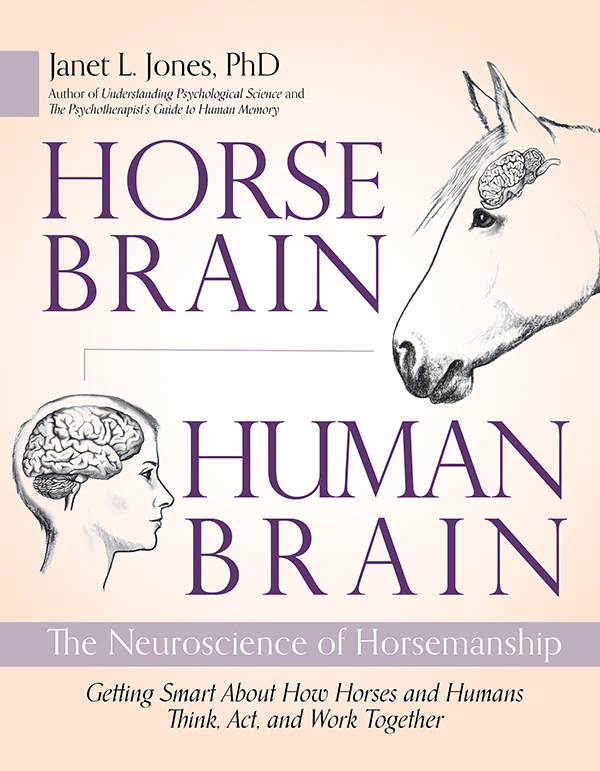TRUE TRAINING 37 - Pre-Checks for Jumping
It's June already! Time to start teaching Baby True to jump. Truth be told, I started him over ground poles a while back but there was too much else to tell you about until now. As usual, we have to begin with some preliminary checks.
First, be sure your horse’s bones and body are physically mature enough to begin jumping. Many riders and trainers start when the horse is too young. The growth plates in equine legs do not finish developing until 5 to 7 years of age, depending on size, breed, and the individual horse. Landing places a lot of concussion and stress on a horse’s front legs. Ground poles are fine at age 3. But before starting to hop, I want my companion to be 4 years old. Then I do a lot of very low hopping (1 - 2’) until the horse reaches age 5, and I keep heights at 3’ or less until age 6.
During the long hopping period, a young horse can learn all sorts of jumping techniques, proper form, take-offs and landings, plus different sorts of jumps, course paces, approaches, and distances. He’s also building confidence in his ability by never being overfaced. These lessons will serve him well when the fences get bigger. True was 3 when we started talking about him in this blog, but time flies! He’ll be 5 this year.
Many people push their young horses along faster than I do. But the horses whose legs last into their teens and twenties, sound and firm, are the ones who had slow exposure in the beginning. They wore protective boots while jumping on appropriate footing, and they got good leg care after each session. Proper leg care includes warming up and cooling down at a brisk fluid walk, icing or cold hosing vulnerable digital tendons even while they're healthy, and wrapping as needed for post-training support. Leg injuries of any kind are treated immediately. These standards, by the way, are relevant to all equine disciplines that demand fast agile leg work—reining, cutting, racing, roping, and more—not just jumping.
Second, be sure you and your horse are fit, muscled, and well conditioned before teaching him to jump. I like a horse to be able to work at a walk (not a poke), trot, and canter for an hour a day, not counting the warm-up and cool-down periods, five days a week. Before starting over fences, the horse should be accustomed to that regimen without becoming tired or losing weight. Walk and trot up hills to build the horse’s hindquarters for power off the ground. Flat him in a rounded frame to build back, neck, and abdominal muscles. Soften his poll and mouth in preparation for more sensitive cues.
Riders have to be fit, too, and of course it's important to know your skill before trying to teach it to a horse. Jumping is NOT the discipline to learn on a green horse, especially without a trainer's daily supervision. Learn to jump on a good school horse who knows his job. Build your jumping muscles and cardiovascular endurance so that you can meet the physical challenge of the work. If you can't post without stirrups or hold a strong two-point position through a walk, trot, canter, and transitions for 15 minutes, you're not ready to jump.
Finally, check to be sure your horse is obedient enough to your aids that you have good control over his behavior. It’s hard enough to ride a horse who’s bucking in the middle of an empty round pen. But add a jump in front of those bucks—when your body has to be tilted forward and lifted off a piddly little English saddle—and you’ve got a whole ‘nother kind of rodeo to deal with.
Before learning to jump, a horse should know walk, trot, canter, straight lines, bending curves, circles, figure eights, serpentines, halts, upward and downward transitions between all gaits, correct leads, and canter departs. And he must have some concept of attention. You don’t want to trot a baby down to a little crosspole that he doesn’t even notice until he falls over it and injures something.
Take the time to pre-check your horse’s readiness to jump before you start. His legs and mind will be better for it, and you’ll be buying time for all the years of jumping to come. We’ll start with True's first pole next post!

